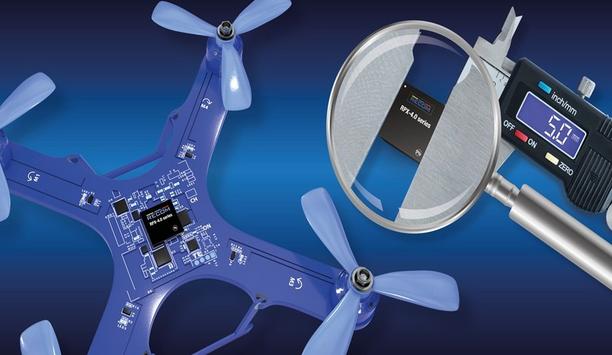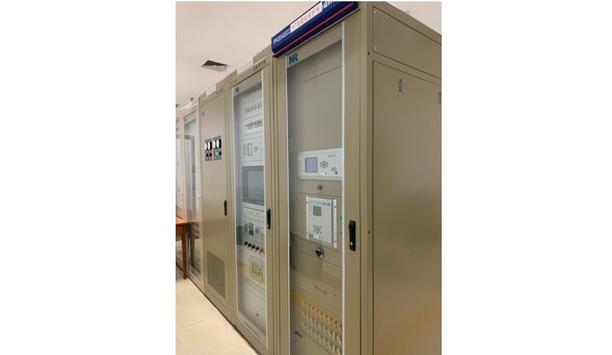Open Charge Point Protocol (OCPP) is the key to smooth communication between an Electric Vehicle Charging Station (EVCS) and the Charging Station Management System (CSMS). They deep dive into the importance of protocols and promoting open standards.
There is no shortage of acronyms in energy and mobility, so they certainly don’t blame anyone for mixing up with the multitude of terms. OCPP is a communication protocol that facilitates the exchange of information between EV chargers and their backend management system.
Charging equipment and management systems
It is managed by the Open Charge Alliance and is a widely adopted open standard
It is managed by the Open Charge Alliance and is a widely adopted open standard, meaning there is no licensing barrier involved in its adoption. It has been downloaded over 65,000 times in over 148 countries and has become the de facto standard in Europe.
OCPP is designed to accommodate any type of charging technique and therefore, provides interoperability between EV charging equipment and the management systems provided by various vendors.
The protocol allows Charging Point Operators (CPOs) to manage and supervise operations at the charging facility by exchanging information related to transactions and maintenance. Proprietary protocols, on the other hand, do not facilitate such open communication between devices from different vendors without an interface or gateway. Communication between EVCS and management systems is key to smooth operations.
few of the major processes
Here are a few of the major processes that OCPP 1.6-J supports (view the comprehensive list here):
- Session authorization – pre-authorization to identify and allow the EV user to use the charging service.
- Collecting billing information – providing charging session details to the backend system to calculate the charges.
- Data transfer, diagnostics, and notifications – sending information such as status, progress of updates, or cancellation requests between the charge point and the central system.
- Smart charging – stacking and combining charging profile purposes to support load balancing.
- Phase rotation – sending meter values and reporting the phase rotation with respect to the grid connection.
- Usability – locating charging stations and making reservations.
- Real-time charging session data – sending data on which Electric Vehicle Supply Equipment (EVSE) is available, currently charging, or out of order.
- Remote control – remotely stopping or starting charging events, changing the status, upgrading firmware, configuring new charging points, or reading and repairing logged errors.
Open standards and innovation
In compliance with other protocols, it allows for integration with the grid to support it during peak times
Open standards enable charging facility owners to freely select the hardware and network providers that meet their needs. It also gives them the flexibility to procure charging equipment from multiple OCPP-compliant manufacturers.
Because it is independent of the charging technique, it works with all charging protocols, such as CHAdeMO, CCS, or Type 2. In addition, the openness of the protocol encourages innovation from other industries and ensures that solutions can be adopted and supported by all.
The latest OCPP standards are also compliant to other standards such as ISO 15118, which defines a protocol for bi-directional energy transfer between EVs and the grid, and OpenADR to facilitate grid communication and automated demand response. In compliance with other protocols, it allows for integration with the grid to support it during peak times.
OCPP version
The latest version of the protocol, OCCP 2.0, enables a local Energy Management System (EMS) to run in parallel with a CSMS and to limit the amount drawn by the charging station. It also provides extended capabilities for smart charging, encryption and device management, such as improved diagnostics.
However, as this OCPP version is not backward compatible with 1.6 versions and it can take time for EVCS manufacturers to update their firmware, the 2.0 protocol version will not become the norm any time soon.
Two’s company, three’s a crowd – or is it?
An EVCS can connect to the gridBox instead of to a CSMS via OCPP to monitor and control all distributed energy resources and enable dynamic charging. Traditionally, however, adding an extra element into the mix prevents charge point operators from being able to communicate with both their chosen OCPP backend and the additional hardware.
Ideally, communication with both the gridBox and the backend would be possible in order to do things
Ideally, communication with both the gridBox and the backend would be possible in order to do things, such as billing through the backend or handle charge limits.
Recently onboarded a new customer who is an expert in intelligent charging solutions and provides management, monitoring and billing software. They opted for the XENON platform to connect and control all energy devices. To ensure dynamic load management – even without an internet connection – communication between the gridBox, CSMS and EVCS was required.
Innovative dynamic load management system
This was realized by using a custom-built OCPP proxy. The gridBox was configured to start a proxy server that maintains an OCPP protocol connection with both the EVCS and the customer's CSMS. Essentially, this allowed information to be transmitted in a way that all elements could communicate via an interface.
"XENON was the obvious choice for an innovative dynamic load management system. The seamless communication between the various devices and our software is key factor for us. The customized OCPP and proxy implementation was, therefore, crucial in enabling us to offer some of the most cutting-edge solutions on the market today," said the Managing Director, Charging solution provider.
New features and capabilities
As with all technology, such protocols and proxies are always being developed further, with new features and capabilities being added. For example, an Open Charge Point Interface (OCPI) facilitates cloud-to-cloud communication between the backend system and the charging station to further increase interoperability. This, alongside new advancements like offline features, will become increasingly relevant.
gridX is constantly building upon current capabilities to offer the most advanced functions for operators. Get in touch if they want to learn more about how to implement dynamic load management, while enabling seamless communication and operation between all stations and systems.






